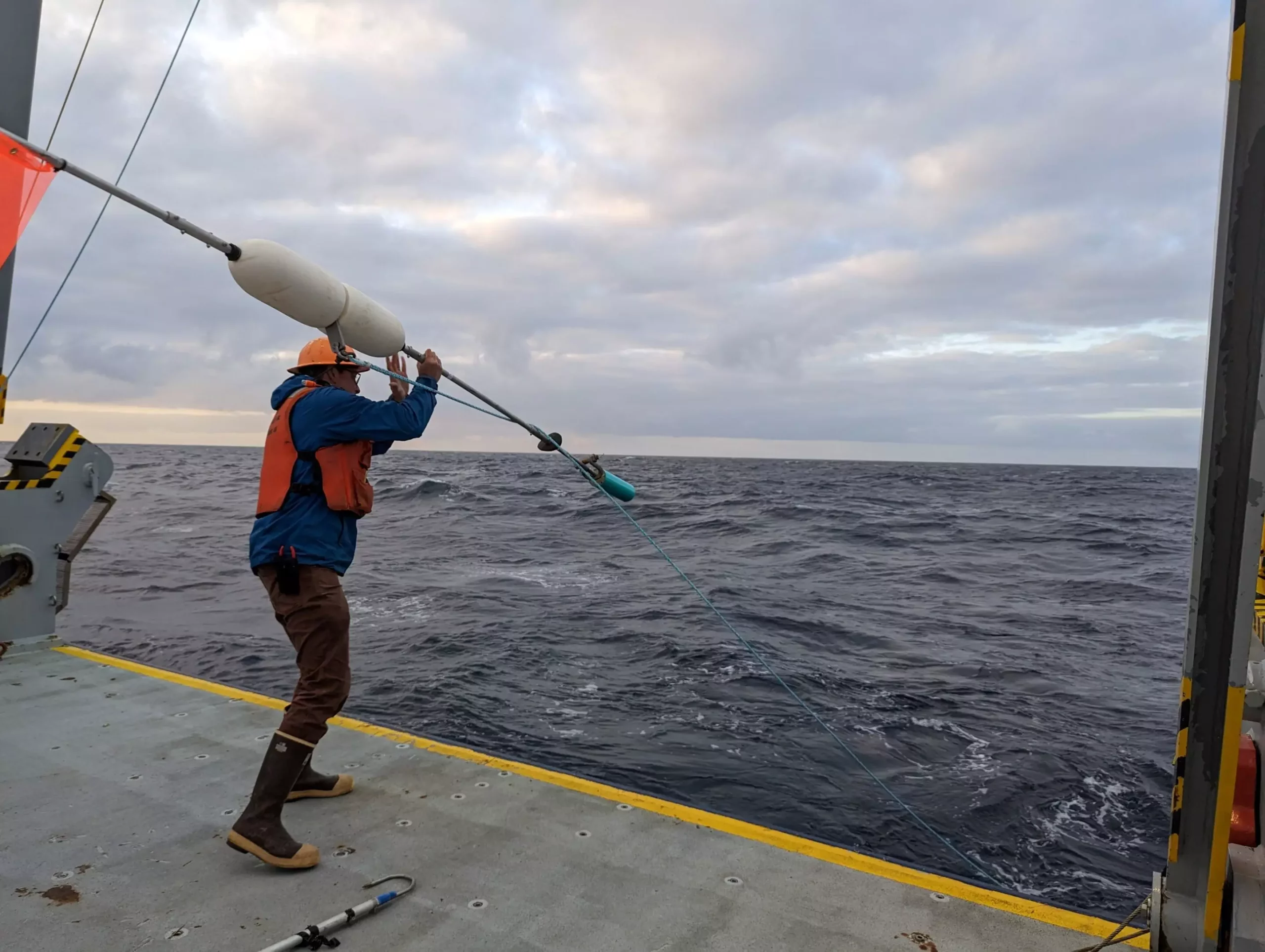The ocean plays a pivotal role in the global carbon cycle, influencing atmospheric carbon dioxide levels and climate dynamics. Among the myriad processes involved, the transport of carbon from the ocean surface to the depths—where it can be sequestered for extended periods—is of crucial importance. This transition relies on complex interactions, particularly the dietary preferences of microorganisms that thrive in oceanic environments. Recent research highlights the diversity of lipid consumption by these microbes, revealing implications for carbon sequestration and the efficiency of the biological carbon pump.
At the center of this research is the significant variation in how different bacterial communities ingest lipids, which are essential organic molecules comprising carbon-rich fatty acids. According to findings published in a recent study in the journal *Science*, these organisms exhibit distinct dietary habits when it comes to organic molecules. As co-author Benjamin Van Mooy, a senior scientist at the Woods Hole Oceanographic Institution, explains, understanding these preferences can inform our insights into carbon sequestration processes. The study employed advanced techniques to connect the composition of sinking biomass to bacterial degradation rates, ultimately showing how various microbial diets can modulate lipid transport efficiency in oceanic domains.
The biological carbon pump serves as a mechanism through which biomass materials descend from the ocean’s surface to its depths. More than 5 to 30 percent of this material is lipid-based, underscoring lipids’ role in marine ecology. As these organic molecules sink, they encounter diverse microbial communities that utilize them for energy and growth, actively influencing global carbon concentrations in the atmosphere.
Research emphasizes the role of the mesopelagic zone—ranging from approximately 200 to 1,000 meters below sea level—as a significant area for carbon transport. The microbes found in this depth range play their part in breaking down sinking organic matter, contributing to the ocean’s overall carbon sequestration capability. The variability in microbial interactions, characterized by mutualistic or competitive behavior, significantly impacts lipid degradation and transport processes. The complex nature of these interactions indicates that metabolic specialization among bacteria further influences how effectively organic matter sinks to the ocean’s depths.
Co-author Roman Stocker from ETH Zurich highlights the advancement in microbial oceanography brought forth by combining modern chemical analysis with microscale imaging techniques. By utilizing these innovative tools, researchers are uncovering intricate details about how microorganisms govern carbon fluxes in ocean environments. Such revelations can aid in predicting the effects of environmental changes on carbon cycling.
Understanding how varying environmental conditions, such as coastal versus open ocean areas and seasonal changes, affect lipid types and concentrations can lead to a nuanced comprehension of carbon cycling dynamics. As shifts in microbial preferences emerge across different habitats and times, it becomes crucial to identify areas where lipids demonstrate effective sequestration. Predictive models incorporating these factors can significantly enhance our forecasts concerning global carbon fluxes.
Co-author Lars Behrendt stresses that the specialized nature of bacterial lipid consumption reveals new dimensions to our understanding of microbial interactions and competition for resources in natural ecosystems. The research underscores that certain bacterial combinations exhibit superior capabilities in breaking down specific organic compounds, including lipids.
Beyond the decomposition processes studied, phytoplankton—the foundational primary producers in marine ecosystems—are crucial drivers of the ocean’s carbon uptake. These microscopic organisms collectively absorb significant amounts of carbon dioxide, playing an indispensable role in mitigating atmospheric CO2 levels. The interconnectedness of phytoplankton production, microbial utilization, and carbon sequestration illustrates the intricate balance of the ocean’s biological processes and their overarching significance to the planet’s climate regulation.
The research undertaken shines a light on the complex web of interactions defining microbial preferences and their broader implications for oceanic carbon cycling. As climate change accelerates, understanding these mechanisms will be paramount in developing effective conservation strategies aimed at enhancing the ocean’s ability to sequester carbon. Furthermore, integrating technological advancements into future studies will hold the potential for groundbreaking discoveries that could transform our understanding of marine ecology and climate resilience.


Leave a Reply